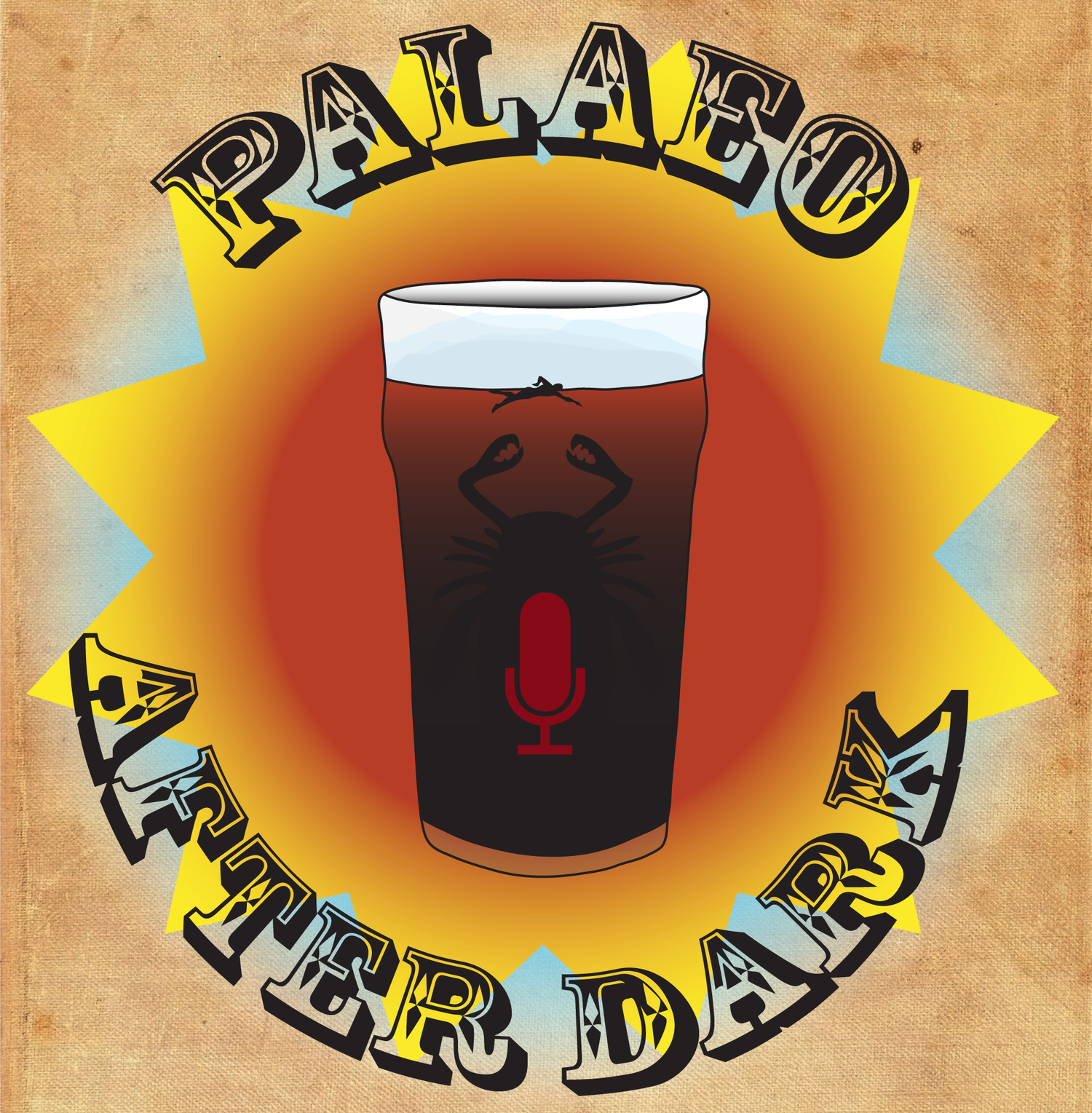Podcast 67 - Stratigraphic Bias
/The gang discusses two papers that detail how the stratigraphic record affects our understanding of the fossil record. Meanwhile, Amanda gets very enthusiastic, James burns straw men, and Curt isn't sorry.
1000 common words summary:
The group look at two papers that study how the rocks can change the number of animals we think died at any time. The first paper looks at whether the way we work out how complete the number of animals we think were is lying, and shows that because we use the book of rocks to work out what animals should have been there, our idea of what animals are there are changed by what type of rocks we find. The second paper takes this further and uses a computer to see what sort of book of animals we should find and how bad times where many animals died are changed by the rocks that are around at that time. They show that these times where many animals died at once are changed by the book of rocks and that we should look at many different places to work out what happened during these very bad times.
References
Benton, Michael J. "Palaeodiversity and formation counts: redundancy or bias?." Palaeontology (2015).
Holland, Steven M., and Mark E. Patzkowsky. "The stratigraphy of mass extinction." Palaeontology (2015).

















